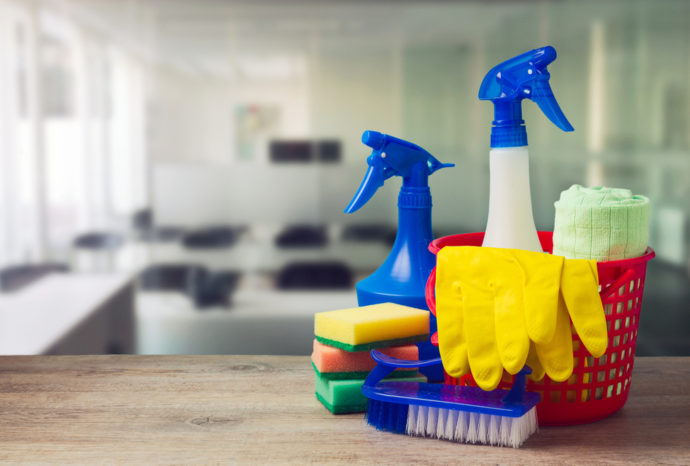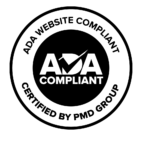The longer, warmer days of spring make it the perfect time to tackle the items on your to-do list that were neglected all winter. Open the windows, turn on some tunes, and devote some time to giving your home some TLC. Spring cleaning, while not the most fun way to pass the time, can help prolong the life of your belongings and ensure that your living environment is clean and safe.
Spring Cleaning Checklist
Before starting, make a list of what needs to be done around your house, inside and out. For most people, items on their spring cleaning lists are more tedious and time consuming than the usual daily and weekly projects. Think about each individual room in your home and outside area when making your checklist. Create a realistic schedule for taking on these tasks and buy the necessary supplies. Many spring checklists include things such as: shampooing carpets and rugs, cleaning upholstered furniture, washing curtains and blinds, cleaning cabinets and drawers, resealing grout, wiping walls and ceilings, turning mattresses, organizing closets, cleaning dryer vents, washing outdoor furniture, scrubbing decks, patios, driveways, and walkways, and washing the outsides of windows.
Staying Organized
Everyone loves the feeling of a clean house, but busy lifestyles can make it hard to maintain a clutter-free environment. As you go through each room in your home, think about how you want the space to look and make steps towards achieving that aesthetic. Decluttering is a great way to help your home stay clean longer, simply by removing the items you don’t use, need, or want. It can be difficult to decide what you actually need and want, therefore it can help to have boxes to categorize your items. Have separate boxes for things you wish to keep, things to get rid of, and things to throw away or recycle. You can add additional boxes if necessary, such as one for items that belong in another room, or one for items to sell online, consign, or put in a yard sale. When deciding what to keep and what to get rid of think about the last time you used or enjoyed each item and whether or not you still need or want it. A good rule of thumb is if you haven’t used an item in over a year and it is not emotionally significant to you, then you would probably not notice its absence. This is especially helpful to keep in mind when organizing your closet. Styles change so frequently, it is likely if you made it through all the seasons of the previous year without wearing a particular piece of clothing, you could probably get rid of it. Once you have pared your items down to just the ones you wish to keep, storage containers and organizers can help keep everything in its place.
Sell or Donate Your Clutter
As the saying goes, one man’s trash is another man’s treasure. Depending on what it is you have decided you no longer need, you may want to try and sell it. There are many online options to consider, such as Ebay, Etsy, Craigslist, and Facebook resell groups. Consignment shops and sales are another option, as is having a yard sale. If you would prefer to donate your unwanted items, there are plenty of local thrift stores, churches, and nonprofit organizations that are always in need of donated items. Here are a few local nonprofits that accept donations of particular items:
- Hardin County Christian Care Center in Silsbee provides emergency assistance to Silsbee and Lumberton residents. They accept donations of food, clothing, and school supplies.
- Lumberton Civic Women’s League/Caring Hearts in Lumberton supports several hundred local families throughout the year. They accept donations of food and clothing.
- The Exotic Cat Refuge and Wildlife Orphanage in Kirbyville provides support for rescued animals, which currently includes tigers, leopards, monkeys, owls, and horses, accepts donations of specific items. These include tools, such as shovels, rakes, lawnmowers, and hoses, as well as fencing, lumber, fans, and pool supplies.
Update Your Home Inventory
Once you have decluttered, be sure to update your home inventory to reflect any recent purchases. A home inventory, which lists your possessions and their cost or value, is useful when making a homeowners or renters insurance claim. While everything is clean and organized, take photographs of each room, and specific items, such as artwork, jewelry, furniture, and electronics, if particularly valuable. If you haven’t made a home inventory yet, be sure to include it on your spring cleaning checklist.
While you are tackling your spring cleaning checklist, consider doing some financial cleaning as well. Visit any Eastex Credit Union location and let us take a look at your accounts, credit cards, and loans to see if we can help you tidy up your finances.




